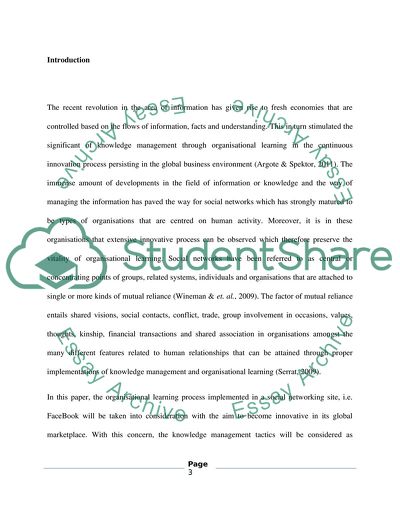Cite this document
(Knowledge Management Social Networks and Innovation Assignment, n.d.)
Knowledge Management Social Networks and Innovation Assignment. Retrieved from https://studentshare.org/information-technology/1765671-knowledge-management-social-networks-and-innovation-facebook
Knowledge Management Social Networks and Innovation Assignment. Retrieved from https://studentshare.org/information-technology/1765671-knowledge-management-social-networks-and-innovation-facebook
(Knowledge Management Social Networks and Innovation Assignment)
Knowledge Management Social Networks and Innovation Assignment. https://studentshare.org/information-technology/1765671-knowledge-management-social-networks-and-innovation-facebook.
Knowledge Management Social Networks and Innovation Assignment. https://studentshare.org/information-technology/1765671-knowledge-management-social-networks-and-innovation-facebook.
“Knowledge Management Social Networks and Innovation Assignment”, n.d. https://studentshare.org/information-technology/1765671-knowledge-management-social-networks-and-innovation-facebook.


